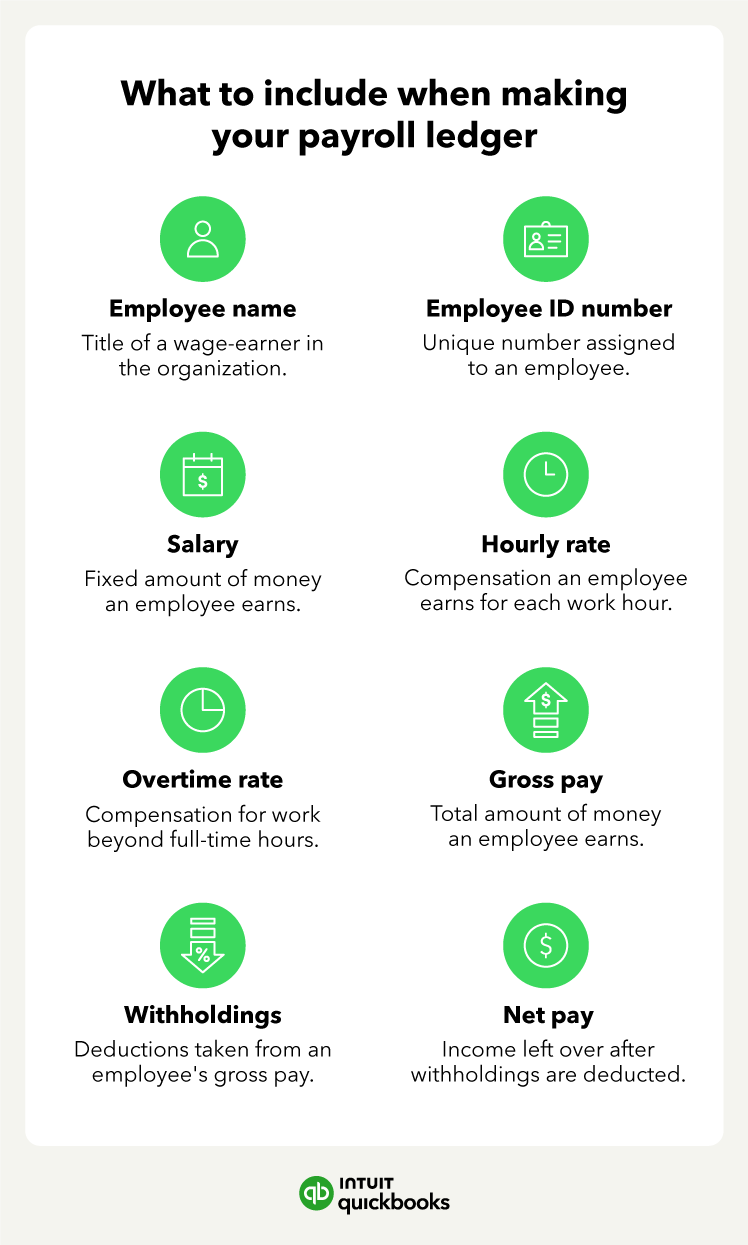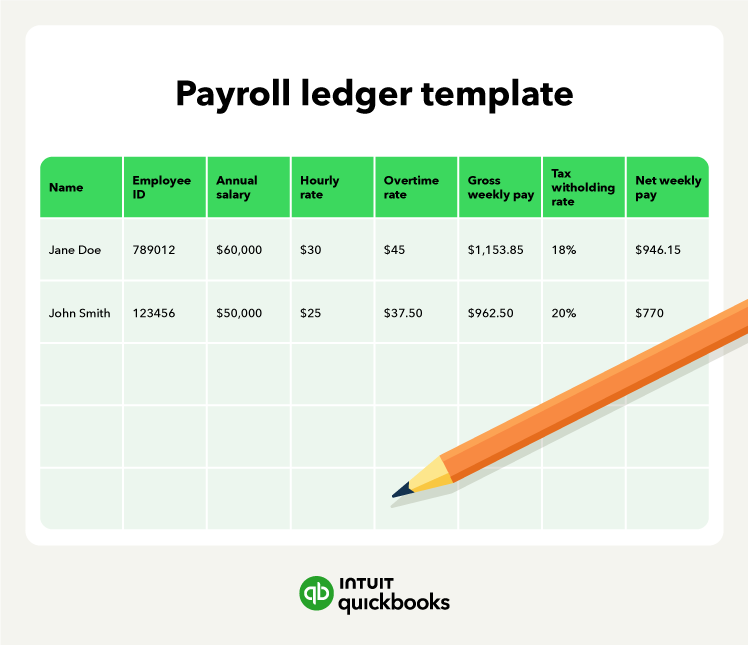Managing payroll is an essential component of every business, offering opportunities for solopreneurs and small business owners to efficiently organize their finances. Enter the payroll ledger—a powerful tool that simplifies employee compensation tracking.
At its core, a payroll ledger serves as a repository for crucial information, including employee wages, salaries, overtime, bonuses, deductions, and tax withholdings. Think of it as the backbone of your payroll system, providing a framework for organizing and managing all payroll-related data.
In this guide, we’ll walk you through the steps of creating and using a monthly payroll ledger. We’ll also share the benefits of using a payroll ledger and automation via payroll software.
What is a payroll ledger?
A payroll ledger is a system for keeping track of payment information for each employee or contractor who receives payroll payments. They can be paper or digital spreadsheets. Payroll ledgers allow business owners to quickly see their payroll expenses, whom they’ve paid, and when.
In addition to being essential for payroll accounting, these ledgers may also serve as important documentation for tax purposes and other record-keeping needs. Like other general ledgers, a payroll ledger aims to keep all relevant information conveniently in one place. It’s also a solution to ensure valuable data isn’t lost as your business scales.
Payroll ledgers can be useful for business owners in several ways:
- Keeping managers and business owners on top of necessary employee information.
- Making information easily accessible.
- Tracking payroll expenses in one place.
- Organizing important tax information.
When running a small business, keeping your payroll information well organized is essential for balancing monthly budgets.
How to create a payroll ledger
Creating your own payroll ledger is simple, and it can be done in just a few steps. Here’s what you’ll need to get started:
- Spreadsheet software: Microsoft Excel and Google Sheets are popular options
- Employee data: List your employees and contractors and their personal information
- Payroll information: This includes invoices and pay stubs for employees
Once you’ve put together all the necessary information, knowing how to make a payroll ledger is as simple as following these steps:
- Open a new worksheet using your spreadsheet software. Be sure to name it something intuitive and searchable, like “2024_Payroll_Ledger.” It’s also a good idea to store it in a clearly named folder, like “Payroll Information.”
- Name the first column “Employee Name.”
- Name the next column “Employee ID Number.” You can skip this step if you do not use employee ID numbers. (Note: You may also want to include a column with basic contact information, like an email or phone number.)
- Create a series of columns that reflect the different pay information that may apply. For example, this might include “Hourly Rate,” “Rate Per Word,” or “Overtime Rate.” Be sure each has its own column.
- Create more columns titled “Net Pay” and “Gross Pay.”
- After you’ve finished setting up your payroll spreadsheet, be sure to save it. Then, start inputting the correct information into each cell.














